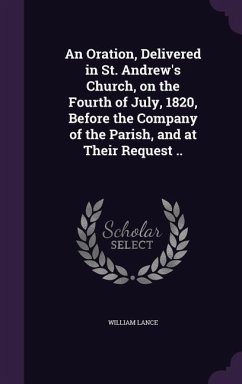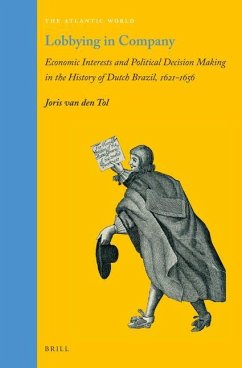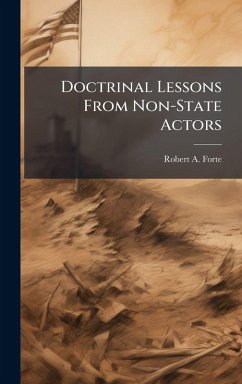
Three's Company
Versandkostenfrei!
Versandfertig in über 4 Wochen
27,99 €
inkl. MwSt.
Weitere Ausgaben:

PAYBACK Punkte
14 °P sammeln!
Does third party military intervention help or hurt an incumbent government during an insurgency? This study attempts to answer this question by testing prevailing military theories of counterinsurgency in the context of third party intervention using basic tests for statistical significance and bivariate contingency. The results show that intervention on behalf of a counterinsurgent decreases the likelihood of a successful government outcome, and specifically, interventions in general, interventions involving the deployment of combat forces, interventions involving military occupation, and in...
Does third party military intervention help or hurt an incumbent government during an insurgency? This study attempts to answer this question by testing prevailing military theories of counterinsurgency in the context of third party intervention using basic tests for statistical significance and bivariate contingency. The results show that intervention on behalf of a counterinsurgent decreases the likelihood of a successful government outcome, and specifically, interventions in general, interventions involving the deployment of combat forces, interventions involving military occupation, and interventions by democratic states decrease the likelihood of counterinsurgent success. Early intervention, meaning the commitment of third-party support within the first year of conflict, does not appear to have a significant effect on counterinsurgency success. Likewise, the decision to end an intervention early does not appear to significantly alter the chance of counterinsurgent failure. Interventions in support of an "indirect" approach to counterinsurgencies are the only cases that exhibit a significant improvement for the chances of successful outcome. This work has been selected by scholars as being culturally important, and is part of the knowledge base of civilization as we know it. This work was reproduced from the original artifact, and remains as true to the original work as possible. Therefore, you will see the original copyright references, library stamps (as most of these works have been housed in our most important libraries around the world), and other notations in the work. This work is in the public domain in the United States of America, and possibly other nations. Within the United States, you may freely copy and distribute this work, as no entity (individual or corporate) has a copyright on the body of the work. As a reproduction of a historical artifact, this work may contain missing or blurred pages, poor pictures, errant marks, etc. Scholars believe, and we concur, that this work is important enough to be preserved, reproduced, and made generally available to the public. We appreciate your support of the preservation process, and thank you for being an important part of keeping this knowledge alive and relevant.












